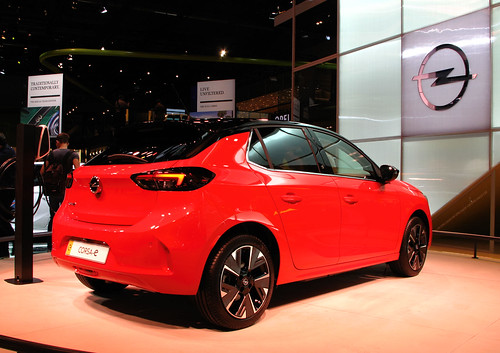4 minutes estimated reading time
I haven’t been a car owner since 1998. Back then driving a car was a very analogue experience and had been for decades. I grew up reading Car Magazine and was excited to get behind the wheel and drive when I was old enough. The reality of driving was rather underwhelming. The Opel Corsa was also known as the Vauxhall Nova at the time, now it’s also known as the Vauxhall Corsa. The Opel Corsa of the time was known as a good first car for new drivers. This was back when joyriding was a crime wave sweeping the UK and Ireland and vehicles leasing or finance wasn’t as commonplace as it is now.
Consequently insurance companies penalised car owners with punishing insurance premiums, to the point that my car usually cost less than the annual price to insure it.
Last car standing
I owned or driven a number of the competitors to the original Opel Corsa including the Fiat Uno, the Ford Fiesta and the Rover Metro. Rover went bankrupt, Fiat now makes a retro-futurism of the Fiat 500 rather than a modernised version of the Fiat Uno and finally Ford sunset the Fiesta. So the Opel Corsa remains the last car standing.
Convoluted product DNA
However, that belies the fact that GM Europe including their Vauxhall and Opel brands were sold to the PSA Group and then became part of Stellantis in 2021. Stellantis is the result of a merger between the PSA Group (Peugeot, Citröen, DS, Opel and Vauxhall) with Fiat Chrysler Automobiles (Abarth, Alfa Romeo, Chrysler, Dodge, Fiat, Jeep, Lancia, Maserati and Ram Trucks.
This generation of the Corsa relied on PSA underpinnings rather than previous generations based on General Motors designs.
Modern Opel Corsa versus its ancestors
The modern Opel Corsa has a wedge shape with more overhangs that gives it a pleasant look. In the driver’s seat is when the experience starts to change from the original car. The wedge shape and high doors with obligatory side impact protection means that you have significant blind spots in the drivers chair.
The original Corsa was a three door car, but four and five door versions came along later. The modern Opel Corsa allows a little more leg room in the back. The boot would hold two carry on cases and a couple of tote bags, which from memory was a little larger than the late 1990s capability of the Opel Corsa.
Back to the interior. As a super mini, the Opel Corsa’s seats were one of its better features. The modern car had seats that felt weirdly similar to previous generations of Corsa, even down to the lack of lumbar support and a manual knob to dial in the seat back angle.
Because of the smaller windows and higher doors the interior also felt darker, rather than the light airy driving experience that I remembered.
Dashboard
The most apparent change in the latest version of the Opel Corsa compared to its ancestors is the dashboard. Digital car systems go back to the likes of Clarion’s Auto PC from 1998. There is no voice recognition, but there is a touch screen. This controls some of the car’s settings such as having the lights come on automatically, the radio and mapping. The digital experience was limited compared to systems from the likes of Mercedes Benz, but that’s no bad thing, as there was less technology to master. This was particularly important given that it was a hire car, that I wanted to get into and drive away with minimum fuss.
I found its reversing camera invaluable, mainly because of the narrow view provided by the the rear window.
My car was rented from Hertz. While Opel claims that the car is compatible with Apple CarPlay, I couldn’t get it to work so both navigation and media options were limited. This meant that the car’s information screen was of limited use and a smartphone holder became a must purchase item in order to use a mapping app.
On the plus side, what was there was intuitive to navigate, which is important to the hire car experience. Maybe the system was restricted at the request of Hertz? I don’t know.
The button controls for lighting off the screen would be hard to reach for drivers with smaller arms.
Driving
The 1.2 litre engine is fine for either motorway driving or in urban conditions. At no point did I feel that I would have preferred more power, to paraphrase Rolls Royce the acceleration and speed were adequate. I managed to get about 50 miles / gallon out of the car through a mix of driving, which surprised me.
The car was skittish, yet unengaging in terms of its handling, with a steering wheel that was oddly shaped for using during longer journeys. The clutch was very progressive, but the brakes weren’t.
The Opel Corsa isn’t a desirable car, but it is a perfectly adequate one.
